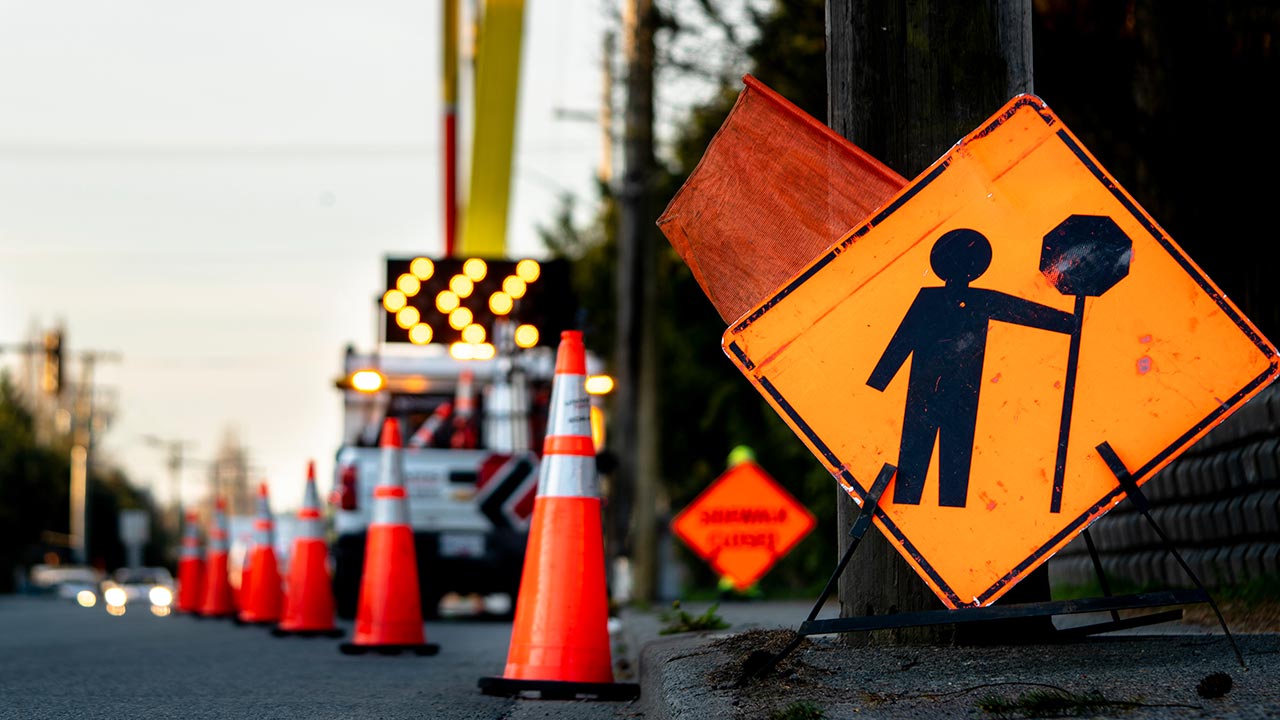An integrated traffic control approach is a comprehensive plan designed to manage efficiently and direct vehicle and pedestrian movement. Hiring a reputed agency for such schemes is crucial to ensure professional and effective implementation. It is vital to enhance road safety by reducing congestion and accidents.
A comprehensive traffic guidance scheme creates a seamless traffic flow with careful planning and real-time adaptability. This article explores the workings, benefits, and exceptional services traffic management agencies provide. Discover how these schemes can transform urban mobility and road safety.
The Work Pattern
Assessment and Planning: These agencies initially conduct a thorough evaluation of the transportation patterns and problem areas. This involves studying peak hours, crowded zones, and accident-prone regions. Based on this data, they formulate a detailed plan incorporating signal timings, road markings, and signage placement. Additional factors like road conditions and future urban development plans are also considered. Advanced simulation tools predict traffic behaviour and fine-tune the strategy accordingly.
Implementation: The team of experts then implement the plan with precision. Traffic signals are synchronised to reduce stop-and-go situations, clear signage directs drivers efficiently, and lane markings are adjusted to optimise lane usage. Additionally, technicians install advanced technologies such as sensors and cameras to monitor real-time congestion. Implementation teams work closely with local authorities to minimise disruptions during this phase. Public awareness campaigns are also launched to inform commuters about the new changes and guidelines.
Monitoring and Adjustment: Post-implementation, continuous monitoring is essential. Real-time data from sensors and cameras help promptly identify deviations or issues. Professionals make adjustments as needed to ensure the scheme remains effective. For instance, signal timings can be altered based on real-time car flow, and additional signage can be placed if new bottlenecks are identified. Regular feedback is collected from road users to identify areas of improvement. Data analytics tools are employed to forecast recent trends and make proactive adjustments.
Ensuring Smooth Traffic and Safety
Reducing Congestion: These agencies reduce congestion by optimising signal timings and improving road markings, making commutes quicker and less stressful. They use data-driven approaches to adjust the car flow dynamically. Additionally, they deploy intelligent systems that adapt to real-time conditions. Professional commotion managers regularly review and update these schemes to ensure ongoing efficiency. Public feedback is also considered to refine and enhance these strategies continuously. By integrating intelligent city technologies, they can predict and mitigate congestion before it escalates.
Enhancing Safety: Clear signage, lane markings, and well-coordinated signals reduce the chances of accidents. Dedicated lanes and signals also benefit pedestrians and cyclists. These schemes incorporate advanced warning systems to alert drivers of potential hazards. They also use reflective and high-visibility materials for better nighttime safety. Continuous monitoring helps promptly address any emerging safety issues. Collaborations with local authorities assist in implementing community-specific safety measures. Educational campaigns are conducted to inform the public about safe driving practices and compliance with new measures.
Improving Emergency Response: In emergencies, such agencies ensure that routes remain clear for emergency vehicles, enhancing response times. They design emergency lanes and priority signals to facilitate faster movement. Coordination with emergency services ensures swift and effective responses. Regular drills and simulations are conducted to maintain readiness and efficiency. They organise community awareness programs to educate the public on emergency protocols and cooperation. These agencies also integrate advanced communication systems to provide real-time updates to emergency responders and the public.
The traffic guidance scheme prioritises client needs by tailoring solutions to specific challenges, backed by extensive experience and a focus on safety for drivers, pedestrians, and cyclists. It offers round-the-clock support to address on-road issues promptly and utilises the latest technologies and equipment to ensure optimal performance and reliability. By integrating these elements, these agencies provide efficient and effective control approaches that enhance road safety and streamline flow.
Keep an eye for more latest news & updates on Bangkok Tribune!



